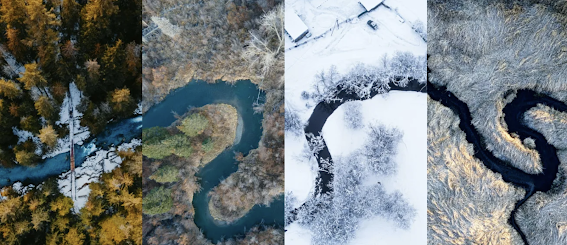 |
| The Henderson Lightning was chock-full of storm information and free. (Henderson Lightning photo) |
Local media organizations stepped up with round-the-clock radio broadcasts, updated information online and even free newspapers.
The Hendersonville Lightning, based about 25 miles south of Asheville, N.C., offered its newspaper for free to readers and packed its paper and website with storm-related coverage. As the community began its recovery efforts, The Lightning’s coverage included updates on power restoration, information about how to get rid of debris and details on which health centers were open and which ones were still closed.
In a thoughtful note to readers on Oct. 2, Editor Bill Moss explained why they were giving readers access to the newspaper for free and how else they were trying to navigate in the aftermath of the storm.
"Amid all the hardship and challenges in the post-Helene world, the last thing we want to ask people to do is dig for four quarters to get news of this historic disaster," Moss said. "We've unlocked racks at six locations in and around the city. These are the only racks that will be filled this week. For the sake of our distribution team, first responders and utility crews, we want to avoid adding traffic on hazardous roads."
After letting readers know details about where to find the free newspapers, Moss also wrote: “Subscribers are welcome to grab one, too, as we don't know when they'll get home delivery via U.S. mail of this week's issue” . . . . “Bear in mind, too, of course, that we're continuously posting updates on the website on the disaster, recovery, how to get help and more.”
Brian Stelter of CNN wrote about how the marathon broadcasts at radio stations in and around Asheville served residents with vital information and comforting reassurance.
“As communications across the region remained severed for many, the voices on the radio became a lifeline for locals in dire need of reliable information; sharing updates on road closures; opening the phone lines to anyone with working wireless or landline phones; and reassuring listeners that help is on the way from government organizations and volunteer groups,” Brian Stelter of CNN reported.
“WWNC, the oldest station broadcasting in western North Carolina, and six other stations owned by iHeart came together to simulcast their coverage of the weather emergency, host Mark Starling told CNN."












